Baby Bird Identification: A North American Guide–A Book Review
10,000 Birds
JANUARY 3, 2023
Baby birds are cuteness personified, possibly even more so than other baby animals, including human babies, and pose interesting questions of survival and development. and three of the nine woodpeckers illustrated. Woodpeckers are a family of focus for Tuttle-Adams. These books are concerned with behavior. Baicich and Colin J.

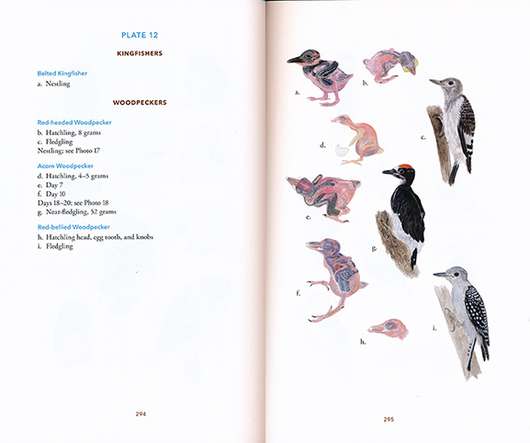


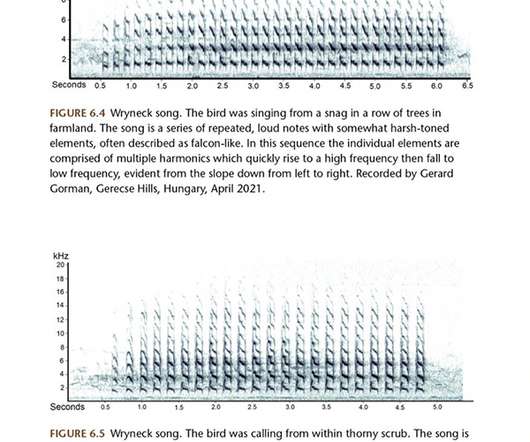
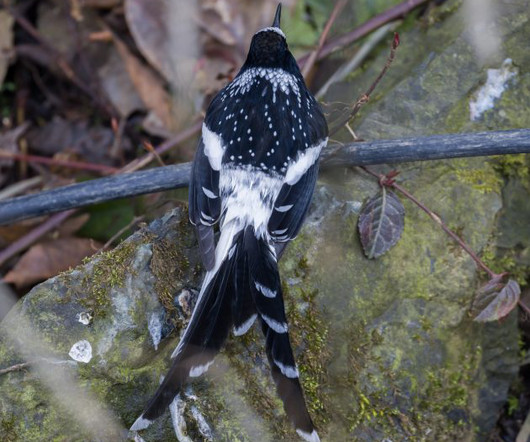
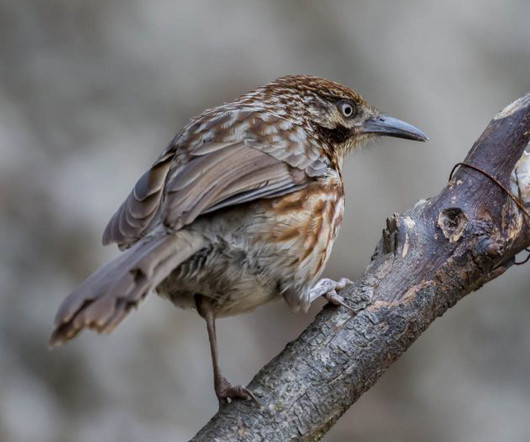
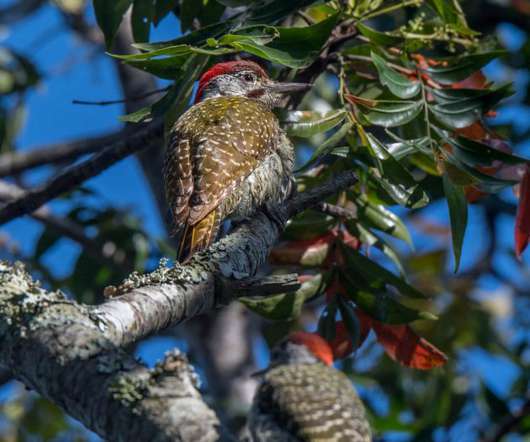






Let's personalize your content